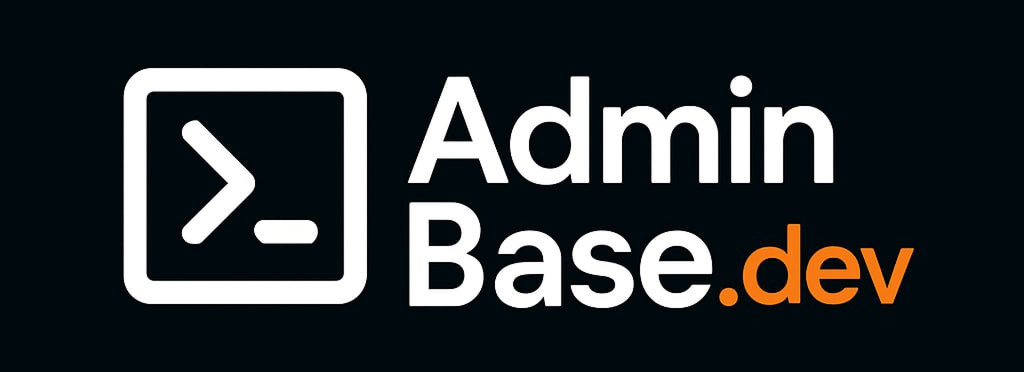Proxmox VE: Virtualization That Doesn’t Ask for a License First
Somewhere between hobby labs and full enterprise clusters lives a space that Proxmox fills really well. You’ve got hardware. You want to run VMs or containers. Maybe ZFS. Maybe high availability. You don’t want to pay VMware pricing or spend a week learning OpenStack.
That’s where Proxmox VE shines — a Debian-based platform that gives you KVM, LXC, backups, web UI, and clustering, all in one install. No license walls. No “call sales” buttons.
What Proxmox VE Actually Delivers
| Component | Why It Matters |
| KVM-based virtualization | Run full VMs with snapshots, live migration, PCI passthrough |
| LXC containers | Lightweight workloads with near-native performance |
| Web interface | Central dashboard to manage everything — no need for virt-manager |
| Built-in backup | Scheduled backups with compression, snapshot-based, easy to restore |
| Storage support | ZFS, LVM, Ceph, NFS, iSCSI, directory — mix and match |
| Networking flexibility | Bridges, VLANs, bonds, NAT — all configurable from the GUI |
| Clustering | Multi-node support with quorum, HA, live migration |
| API and CLI tools | Automate tasks via scripts or integrations |
When Proxmox Is the Right Tool
– You’re running a handful to a few dozen VMs or containers
– You want to consolidate infrastructure but still have visibility
– You’re looking for an alternative to vSphere or Hyper-V
– You value transparency and open-source tooling
– You’re working in a small team, lab, SMB, or MSP context
It’s used by everyone from homelabbers to production clusters in data centers. And it runs well on older hardware too.
Installation (Quick Bare-Metal Setup)
- Download the ISO from https://www.proxmox.com/en/downloads
- Flash to USB and boot your machine
- Follow the installer (accept defaults unless you need custom layout)
- After reboot, access the web UI:
https://your-host-ip:8006
Default login: root@pam
Then… start creating VMs or LXC containers right away. No further packages needed.
Strengths and Gotchas
Why people like it:
– Web UI is fast and consistent
– Everything’s visible — no mystery layers
– ZFS works great out of the box
– You can mix VMs and containers in the same interface
– Free tier is fully usable — no features hidden behind paywall
Things to keep in mind:
– Default installer uses LVM unless changed — no ZFS unless you pick it
– Updates sometimes require a repo fix (disable enterprise, use no-subscription)
– Clustering is powerful but needs planning — not fire-and-forget
– Network misconfigs can lock you out of the GUI
– Snapshot restores on ZFS can take a bit of patience
Final Thoughts
Proxmox VE doesn’t try to be everything. But for what it does — efficient, local virtualization with sane defaults and strong tooling — it’s hard to beat. If you’ve got the hardware and want control without the usual pain, this is one of the rare platforms that lets you just build.






